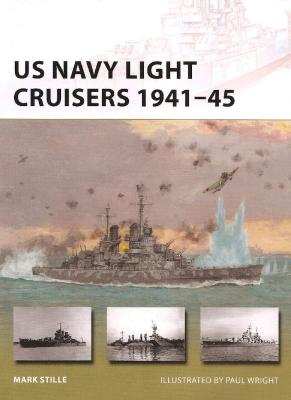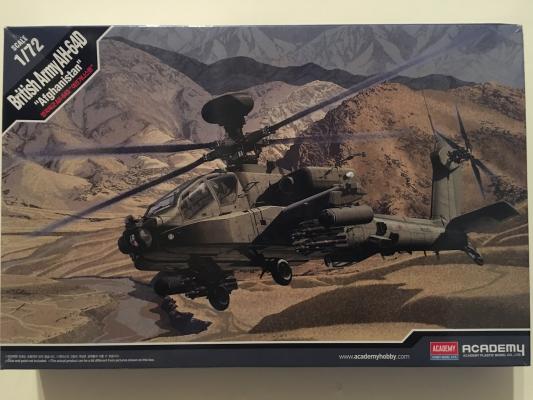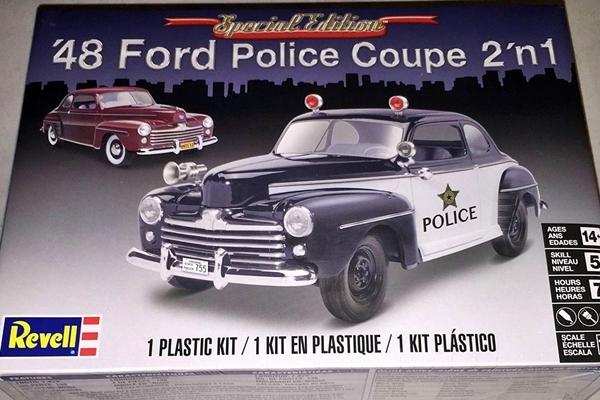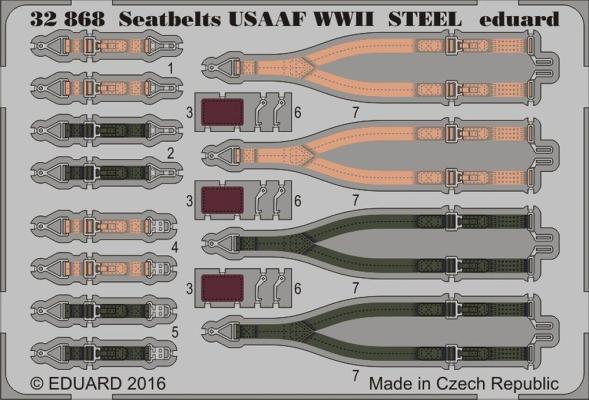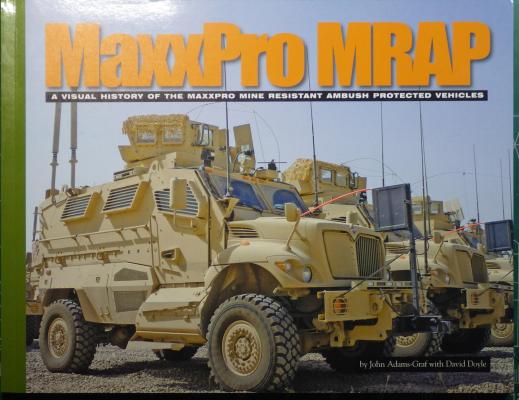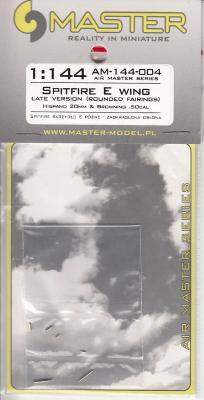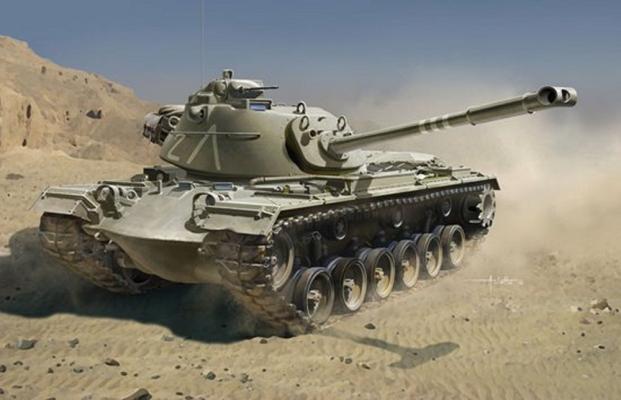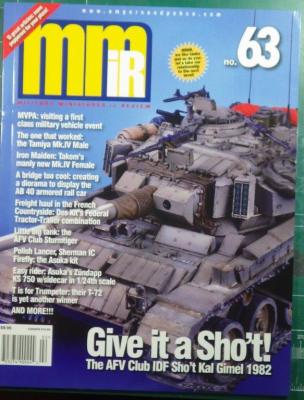The latest New Vanguard naval edition from Osprey covers one of the least well-known class of modern US Navy vessels, the light cruiser. The operational lifetime of the Navy’s light cruisers spanned 50 years, from the commissioning of the USS Omaha in 1923 to the scrapping of the USS Roanoke in 1973. Their heyday occurred between 1941 and 1945. By 1947, most of those that had survived the World War II had been decommissioned. A few soldiered on either as gun platforms during the Korean War, or were adapted to missile platforms during the Cold War.
What's New
Background
This is a kit of the mother ship, Arcadia flown by the space pirate, Captain Harlock from the adventure filled world of Leiji Matsumoto. Originally created in 1977 for a manga TV series, Captain Harlock has appeared in various film and TV shows, most recently a 2013 feature film, “Space Pirate Captain Harlock”. This space battleship is used for his interspace travel. The Arcadia carries a number of Space Wolf fighter planes for protection and offense.
The Arcadia is equipped with heavy firepower. The main armament consists of triple-mount pulsar cannon turrets, two on the upper deck and one on the underside. When Captain Harlock’s friend, Tochiro, designed the Arcadia, he must have been influenced by pirate ships of old, because the rear of the Arcadia resembles the stern of a Spanish Galleon. I am not sure of the significance of this but it looks neat.
This AH-64D Apache Longbow is license built by Westland/Boeing for the British Army. A couple of interesting features unique to the British built aircraft are the inclusion of folding rotor blades, and Rolls Royce Turbomeca engines that replace the General Electric T700 in the US machines. There are also some avionics and weapon systems differences.
This was a very enjoyable and for the most part easy model to build. The two instruction sheets are a foldout type with, for the most part, clear pictures and logical directions. There is one for assembly, and one for the parts tree map and decal guide. It was nice having the tree map separate as I didn’t have to fold pages back and forth to find a part.
History Brief
The 1948 Ford was the final year for a new design that began in 1941 with a completely updated, wider and more modern looking car. Shortly after the new car was introduced in 1941 however, Ford had to convert its factories to war production. It wasn't until 1946 that car production resumed. The Coupe came in 3 trim levels, this '48 model being the Super De Luxe version powered by a 239ci Flathead V-8 engine.
Terms for police cars include (police) cruiser, squad car, area car and patrol car. In some places, a police car may also be informally known as a cop car, a black and white, a cherry top, a gumball machine. Depending on the configuration of the emergency lights and livery, a police car may be considered a marked or unmarked unit. Whatever you call them, since the first incarnation the police car has been one of the most valuable pieces of equipment our law enforcement agencies have at their disposal.
Eduard has produced many different sets of seat belts over the years for many sizes and types of aircraft. They also have several different styles, with the fabric belts and straight photoetch belts. This set is 1/32nd scale photoetch steel with preprinted color on one side. The printing is top notch and even includes the required stitching on the belts. No specific aircraft are mentioned on the set. One set is tan and one is green and there are two complete sets of each including the lap belts.
The shoulder belts are straightforward in that you cut them free, bend the bottom clips perpendicular and glue them in place. One note here- to make the belts drape more naturally, I bend them up a little and twist them slightly. Not too much or the printing can come off but by doing this and bending them into place and then gluing, you get a more natural look.
The International MaxxPro Mine Resistant Ambush Protected (MRAP) vehicle was developed in direct response to the unacceptable losses U.S. troops were experiencing in Iraq and Afghanistan from improvised explosive devices, and rocket propelled grenades. The MaxxPro (shorthand for Maximum Protection) was built with a V-shaped hull, and the option to add supplemental side armor for increased crew protection and vehicle survivability.
This book provides an excellent visual history of the MRAP from development to deployment in the field. In the first few pages, the authors provide a nice, concise history and informational introduction to the vehicle, including why the vehicles were needed, how the final design was selected, and a nice chart showing the various model designs for the MRAP.
Master Model has a line of finely done brass parts which upgrade the kit they’re designed for. These parts are great if you have an accident and one of the cannons breaks off. The other possibility is AMS, as the machine guns are far superior in detail to the little nubs provided on the kit wing. See the parts comparison below.
The Spitfire IXe had a pair of 20mm cannons in the wing. These had been moved outboard to allow more ammunition for the Browning .50 caliber machine guns. The cannons stuck pretty far out from the wing, but the Brownings barely showed. The “fix” for the Brownings was to put the muzzle inside a tube which extended from the wing.
The kit contains six parts, two cannon barrels, two .50 muzzles and the wing tubes for the Brownings. The cannons for the early e wing were conical in shape. The later e wing had a more elliptical shape for the cannon fairings. This kit has the “late” cannons.
This is another of those little parts from Master Model of Poland which can save your model. In this case, it’s the refueling probe on the 1/144 Vulcan. The kit part is plastic. It sticks out there most of an inch in front of the rest of the aircraft, just inviting someone to bump it and break it off. With this metal replacement, you won’t have to worry about that. In fact it could cause injury, as it’s finer than a straight pin, and if you hit it, it could hurt.
The Part
What you get in the package is a small piece of finely turned metal. I’m not sure if this is brass, as it’s silver colored.
The instructions say to remove the kit probe from the base part and drill the hole in the base part. Since I had already finished this Vulcan, I didn’t think I could do that. But when I cut the kit probe off, the base was loose. So much for my gluing skills.
When I opened the box I was amazed at how many parts there were. It reminded me of the days when Dragon would include an entire sprue to provide 1 or 2 parts there are 11 yes 11 parts sprues in this kit. HEre is the breakdown of the entire kits contents.
- 11-Grey Sprues
- 2-DS Sprues
- 1-Set of DS Tracks
- 1-Small Sprue with two DS Polycaps
- 2 Clear Parts Sprues
- 1-Sheet of Photo Etch Parts
- 1-Metal Tow Cable
- Decals
- Instructions
Background
The term Magach is short for Merkevet Giborei Hayil whish is literally Chariot of War Heroes. The Magach 1 is based on the M-48A1 and the MAgach2 is based is the M48A2C. a portion of the Israeli Magach 1 tanks were captured from Jordanian forces during the six day war. I have chosen to model a Jordanian M48A1 in Jordanian national markings
If you’ve never read a copy of Military Miniatures in Review (MMiR), you need to. It’s an 80-page, full color magazine covering armor modeling so maybe if you build just planes, you don’t necessarily need to read it, but you’ll still be missing out. MMiR is printed on heavy glossy paper, with excellent photography, and well-written articles, with just the right amount of humor mixed in to keep it light, while still covering each subject very well.
This issue has ten build articles, which cover each model build, not necessarily step-by-step, but in a way that the reader can follow the build as it’s going together. The authors are careful to point out any issues with the build, and they provide instruction and details of the builds from start to finish, all the way through weathering and how each base was built for the models displayed in a diorama, or vignette.

